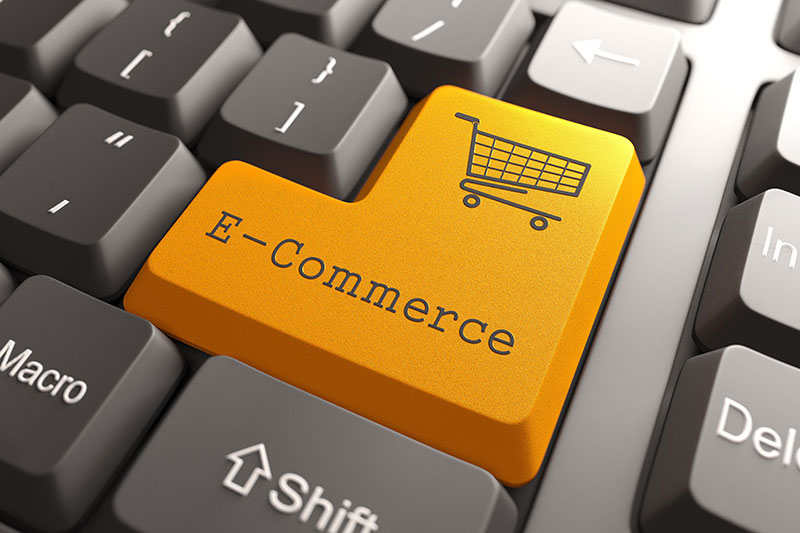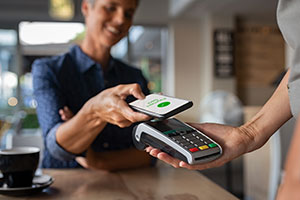Retail is now a truly 24/7 industry, and the shopper is in full control. So Coldwell Banker Commercial Affiliates (“CBC”) commissioned its latest consumer retail survey to get a better idea of how that increased control will affect commercial real estate. Former CBC-President/COO, Fred Schmidt, offers this report on those results.
As consumers begin using newer tech like mobile payments and expecting conveniences like same-day delivery, CBC surveyed 2,000 US adults to better understand the trends stemming from this acceptance of new tech and services in the retail sector.
Consumer Retail Survey Results
The evolution of e-commerce and younger generations like Millennials helping to drive it forward is well established. However, the results of our survey revealed that 75% of Millennials and 65% of American adults still enjoy the experience of being in a store or mall. While the survey results may seem to pulling to both extremes—Americans only want to shop online, or people only want to make purchases at a physical location—the reality is that today’s consumers want both, an accessible physical location and a competent online solution.

As part of this shift, major players are reacting. Retailers like Wal-Mart are bringing their supply chains closer to consumers and rolling out robust online offerings. Furthermore, traditional e-commerce power Amazon is opening a physical store in New York City. It simply isn’t enough to maintain an online or physical presence in today’s environment. Modern retailers need an omni-channel approach to compete and remain relevant.
Results Show Shoppers are Better Informed
Most noteworthy, shoppers today have done extensive online research before ever visiting a store to make an important purchase. Between family, friends, video reviews and online comparisons, today’s consumer is perhaps more informed than ever. This is where the importance of an omni-channel approach comes into play.
What’s the approach when the in-store consumer finds the specific model or color they want may be out of stock? Before, a retailer would turn that customer away saying they could pick up the product in a week after restock. Modern retailers, however, are turning to their online storefronts. They open their computer and help the customer order exactly what they want online from inside their stores. Many will even offer same-day home delivery to make sure the customer has what they need the day they need it.
In a way, retail has become a battle of supply chains. The results clearly demonstrate the dichotomy. The in-store experience of visiting a brick and mortar store remains a major driving factor to consumers. But, convenience is what they want when shopping online. To help bridge this gap, retailers are pushing their supply chains closer to consumers. This opens up the option for same-day delivery in more and more markets, answering the convenience demand.
Mobile Payment Platforms

Mobile payment platforms are gaining traction. Apple and Samsung Pay are beginning to become an accepted part of the whole experience, particularly among Millennials and parents. Our survey revealed that 33% of Millennials and 33% of their parents rank mobile wallet purchasing as important. As this trend develops, it will free up valuable square footage now occupied by cash registers and check-out lines. This will allow retailers to find creative uses for this space, as currently demonstrated by Apple’s stores.
Conclusion
Our survey demonstrated two clear demands. Consumers want easy online shopping and an enjoyable in-store shopping experience. While these desires may seem to contradict themselves, what consumers are asking for is a seamless shopping experience. It’s today’s shopper who is driving the omni-channel approach to retail. Thus, the companies that are able to meet that shopper where they want to be that will find the most success.







